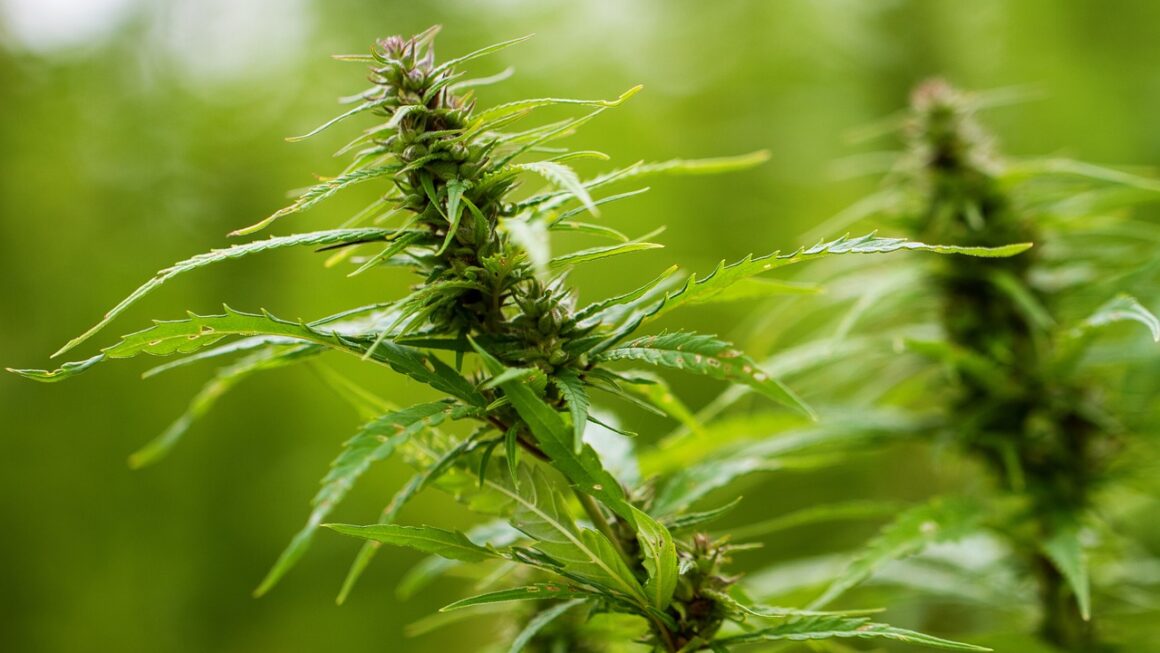- With the growing interest in cannabis products, THCA flowers have gained significant attention. THCA, or tetrahydrocannabinolic acid, is a non-psychoactive compound found in raw cannabis. When heated, it converts to THC, the compound responsible for the psychoactive effects. Choosing the right THCA flower can enhance your experience, whether for therapeutic or recreational purposes. This article provides insights into selecting the THCA flower cultivation techniques for your needs.
Understanding THCA and Its Benefits
THCA is often praised for its potential health benefits. Unlike THC, it does not produce a high, making it appealing for those seeking therapeutic effects without psychoactivity. Some potential benefits include:
- Anti-inflammatory properties
- Neuroprotective effects
- Anti-emetic (reduces nausea and vomiting)
- Potential anti-cancer properties
Research is ongoing, but these benefits make THCA an attractive option for many users.
Factors to Consider When Choosing THCA Flower
When selecting a THCA flower, several factors can influence your decision. Here are some key aspects to keep in mind:
Strain Selection
The strain of cannabis can significantly impact the effects and benefits you experience. Common strains include:
- Indica: Known for relaxing effects, often used for stress relief and sleep.
- Sativa: Typically provides an energizing effect, suitable for daytime use.
- Hybrid: A mix of Indica and Sativa, offering balanced effects.
Understanding the characteristics of each strain can help you choose one that aligns with your desired outcomes.
THCA Content
The concentration of THCA in the flower is another important factor. Higher THCA content may offer more pronounced effects, but it can also lead to increased conversion to THC when heated. Consider your tolerance and desired intensity when evaluating THCA levels.
Terpene Profile
Terpenes are aromatic compounds found in cannabis that contribute to its flavor and aroma. They also play a role in the overall effects of the flower. Some common terpenes include:
- Limonene: Offers a citrus aroma and may provide mood-enhancing effects.
- Myrcene: Known for its earthy scent, it may promote relaxation.
- Pinene: Has a pine-like aroma and may improve focus and alertness.
Exploring different terpene profiles can help you find a flower that suits your preferences.
Source and Quality
The source of your THCA flower can impact its quality and safety. Look for products from reputable growers who use sustainable and organic practices. Lab testing is also crucial to verify the purity and potency of the flower.
Case Studies and Examples
To illustrate the process of choosing the right THCA flower, consider the following examples:
Case Study 1: Seeking Relaxation
Jane, a busy professional, seeks a THCA flower to help her unwind after work. She opts for an Indica strain with a high myrcene content, known for its calming effects. After trying several options, she finds a strain that provides the relaxation she desires without causing drowsiness.
Case Study 2: Enhancing Creativity
Mark, an artist, wants a THCA flower to boost his creativity. He chooses a Sativa strain with a high limonene content, which is known for its uplifting effects. This choice helps him stay focused and inspired during his creative sessions.
Statistics and Market Trends
The cannabis market continues to grow, with THCA products gaining popularity. According to a recent report, the global cannabis market is projected to reach $97.35 billion by 2026, with a significant portion attributed to non-psychoactive products like THCA flowers. This trend highlights the increasing demand for cannabis products that offer therapeutic benefits without psychoactive effects.
Conclusion
Choosing the right THCA flower involves understanding your needs and preferences. By considering factors such as strain selection, THCA content, terpene profile, and source quality, you can find a product that aligns with your goals. Whether seeking relaxation, creativity, or therapeutic benefits, the right THCA flower can enhance your experience and provide the desired effects.
